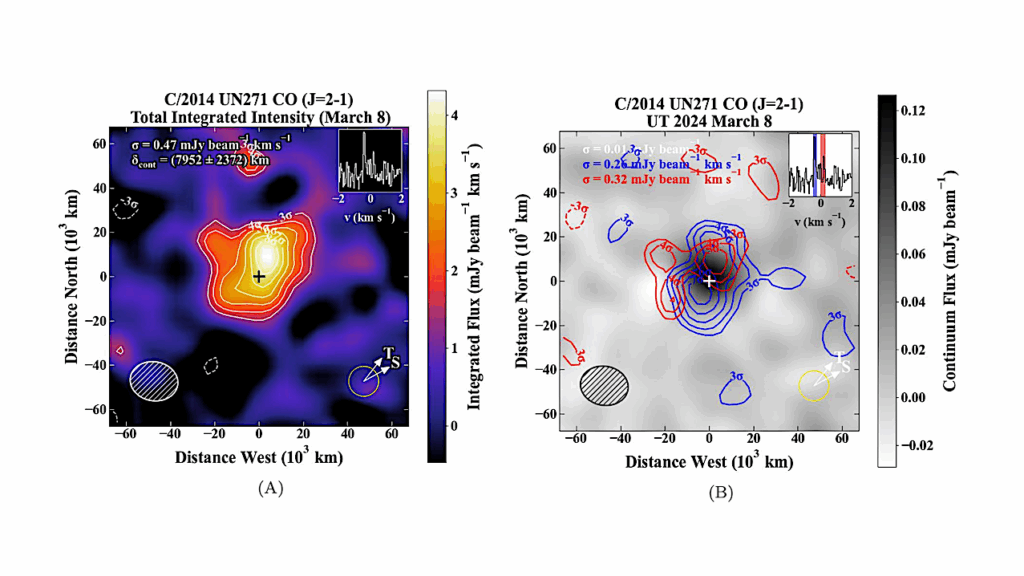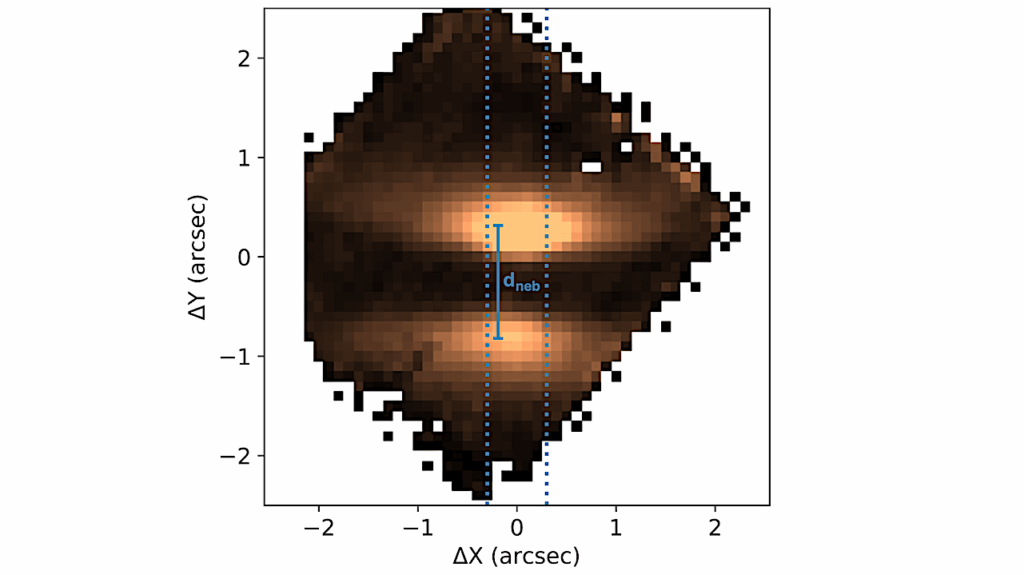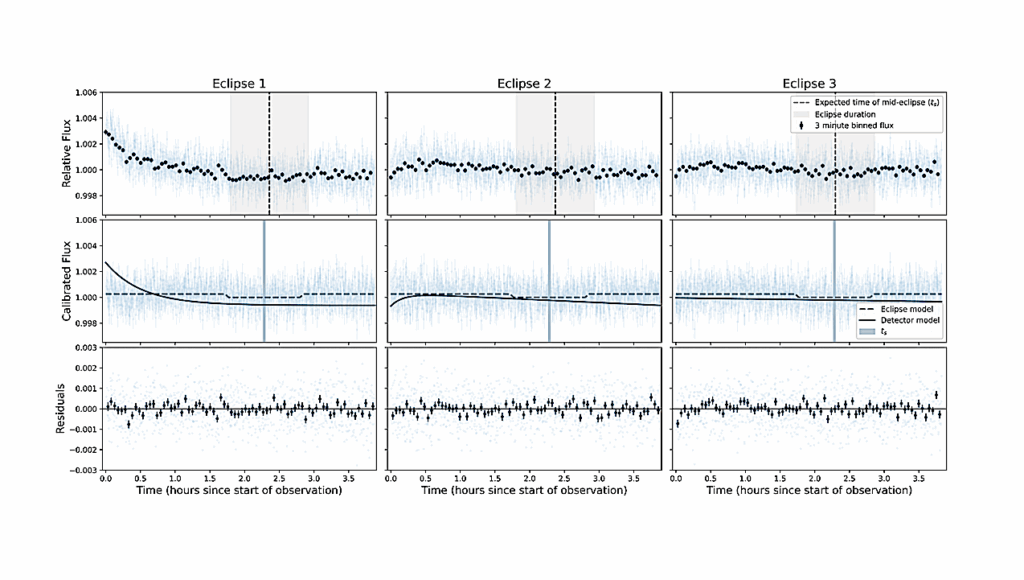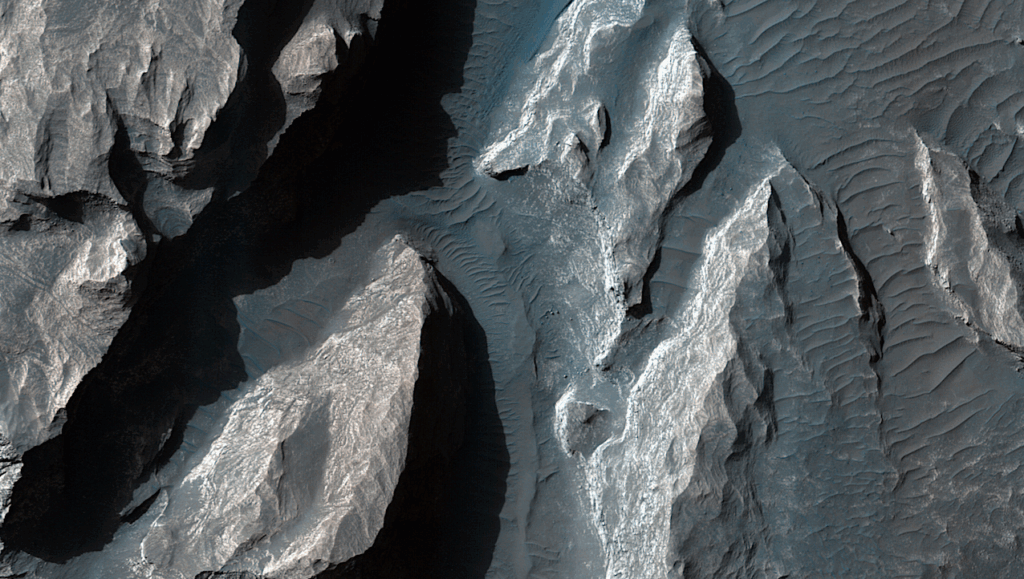An Ocean Inside Earth? There Is Water Hundreds Of Kilometers Down

The transition zone between the Earth’s upper and lower mantle contains considerable quantities of water, according to an international study involving the Institute for Geosciences at Goethe University in Frankfurt.
The German-Italian-American research team analysed a rare diamond formed 660 metres below the Earth’s surface using techniques including Raman spectroscopy and FTIR spectrometry. The study confirmed something that for a long time was only a theory, namely that ocean water accompanies subducting slabs and thus enters the transition zone. This means that our planet’s water cycle includes the Earth’s interior.
The transition zone (TZ) is the name given to the boundary layer that separates the Earth’s upper mantle and the lower mantle. It is located at a depth of 410 to 660 kilometres. The immense pressure of up to 23,000 bar in the TZ causes the olive-green mineral olivine, which constitutes around 70 percent of the Earth’s upper mantle and is also called peridot, to alter its crystalline structure. At the upper boundary of the transition zone, at a depth of about 410 kilometres, it is converted into denser wadsleyite; at 520 kilometres it then metamorphoses into even denser ringwoodite.
“These mineral transformations greatly hinder the movements of rock in the mantle,” explains Prof. Frank Brenker from the Institute for Geosciences at Goethe University in Frankfurt. For example, mantle plumes – rising columns of hot rock from the deep mantle – sometimes stop directly below the transition zone. The movement of mass in the opposite direction also comes to standstill. Brenker says, “Subducting plates often have difficulty in breaking through the entire transition zone. So there is a whole graveyard of such plates in this zone underneath Europe.”
However, until now it was not known what the long-term effects of “sucking” material into the transition zone were on its geochemical composition and whether larger quantities of water existed there. Brenker explains: “The subducting slabs also carry deep-sea sediments piggy-back into the Earth’s interior. These sediments can hold large quantities of water and CO2. But until now it was unclear just how much enters the transition zone in the form of more stable, hydrous minerals and carbonates – and it was therefore also unclear whether large quantities of water really are stored there.”
The prevailing conditions would certainly be conducive to that. The dense minerals wadsleyite and ringwoodite can (unlike the olivine at lesser depths) store large quantities of water– in fact so large that the transition zone would theoretically be able to absorb six times the amount of water in our oceans. “So we knew that the boundary layer has an enormous capacity for storing water,” Brenker says. “However, we didn’t know whether it actually did so.”
An international study in which the Frankfurt geoscientist was involved has now supplied the answer. The research team analysed a diamond from Botswana, Africa. It was formed at a depth of 660 kilometres, right at the interface between the transition zone and the lower mantle, where ringwoodite is the prevailing mineral. Diamonds from this region are very rare, even among the rare diamonds of super-deep origin, which account for only one percent of diamonds. The analyses revealed that the stone contains numerous ringwoodite inclusions – which exhibit a high water content. Furthermore, the research group was able to determine the chemical composition of the stone. It was almost exactly the same as that of virtually every fragment of mantle rock found in basalts anywhere in the world. This showed that the diamond definitely came from a normal piece of the Earth’s mantle. “In this study we have demonstrated that the transition zone is not a dry sponge, but holds considerable quantities of water,” Brenker says, adding: “This also brings us one step closer to Jules Verne’s idea of an ocean inside the Earth.” The difference is that there is no ocean down there, but hydrous rock which, according to Brenker, would neither feel wet nor drip water.
Hydrous ringwoodite was first detected in a diamond from the transition zone as early as 2014. Brenker was involved in that study, too. However, it was not possible to determine the precise chemical composition of the stone because it was too small. It therefore remained unclear how representative the first study was of the mantle in general, as the water content of that diamond could also have resulted from an exotic chemical environment. By contrast, the inclusions in the 1.5 centimetre diamond from Botswana, which the research team investigated in the present study, were large enough to allow the precise chemical composition to be determined, and this supplied final confirmation of the preliminary results from 2014.
The transition zone’s high water content has far-reaching consequences for the dynamic situation inside the Earth. What this leads to can be seen, for example, in the hot mantle plumes coming from below, which get stuck in the transition zone. There, they heat up the water-rich transition zone, which in turn leads to the formation of new smaller mantle plumes that absorb the water stored in the transition zone. If these smaller water-rich mantle plumes now migrate further upwards and break through the boundary to the upper mantle, the following happens: The water contained in the mantle plumes is released, which lowers the melting point of the emerging material. It therefore melts immediately and not just before it reaches the surface, as usually happens. As a result, the rock masses in this part of the Earth’s mantle are no longer as tough overall, which gives the mass movements more dynamism. The transition zone, which otherwise acts as a barrier to the dynamics there, suddenly becomes a driver of the global material circulation.
Publication: Tingting Gu, Martha G. Pamato, Davide Novella, Matteo Alvaro, John Fournelle, Frank E. Brenker, Wuyi Wang, Fabrizio Nestola: Hydrous peridotitic fragments of Earth’s mantle 660 km discontinuity sampled by a diamond. Nature Geoscience, Nature Geoscience
Astrobiology








